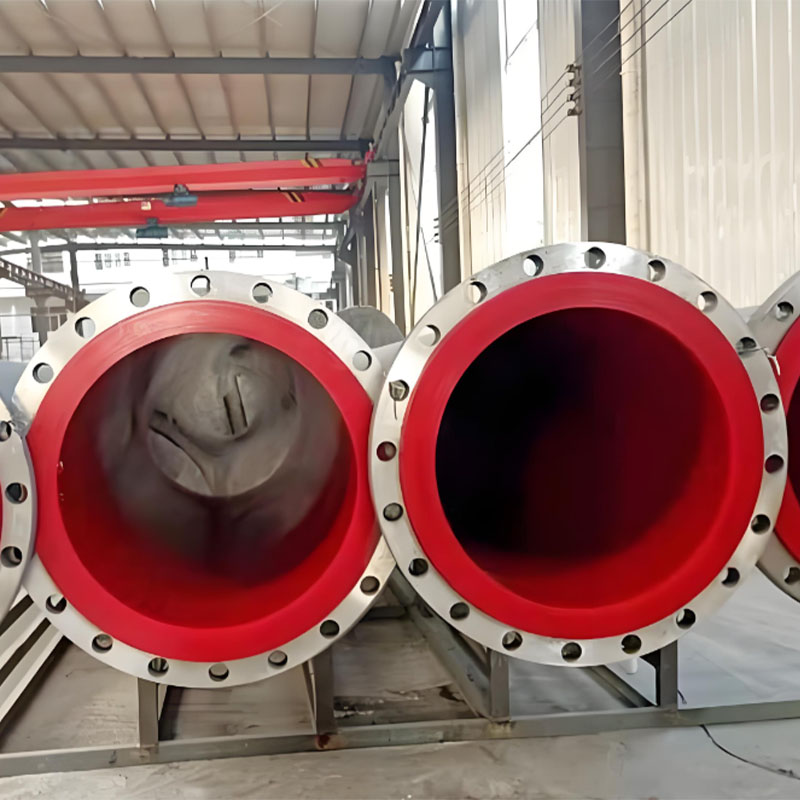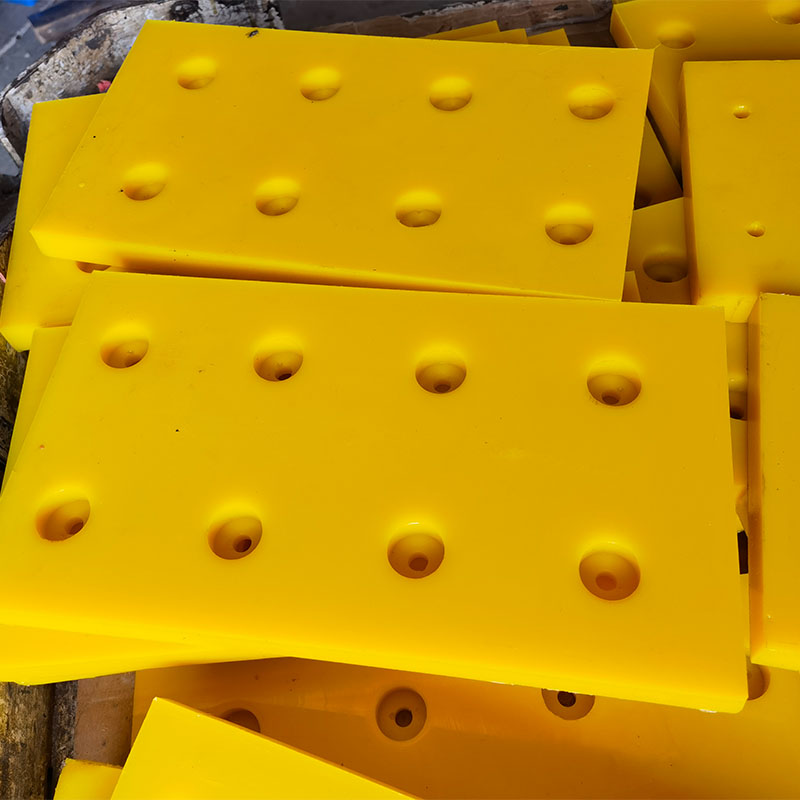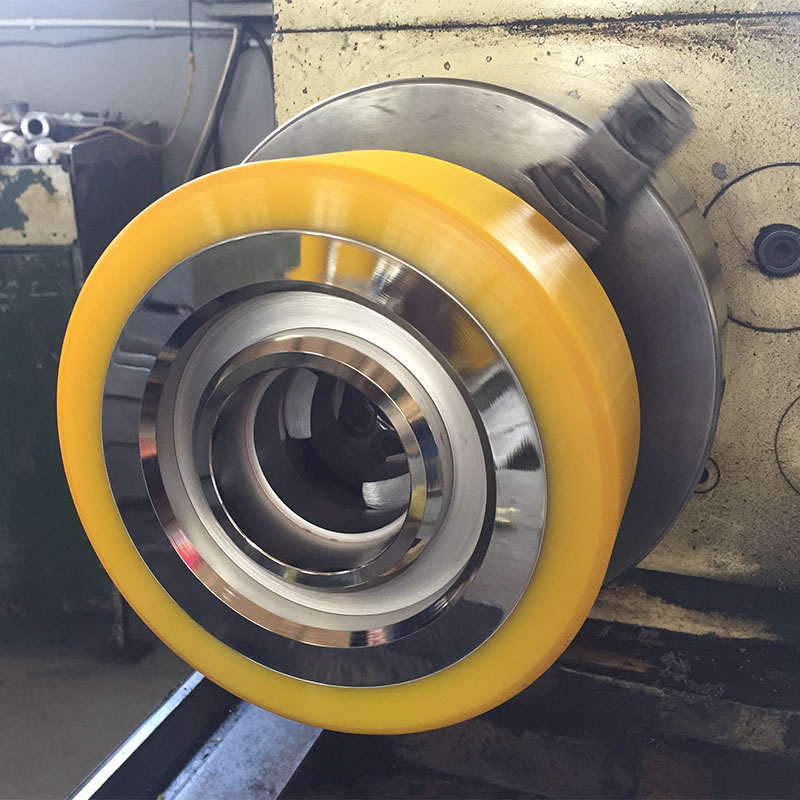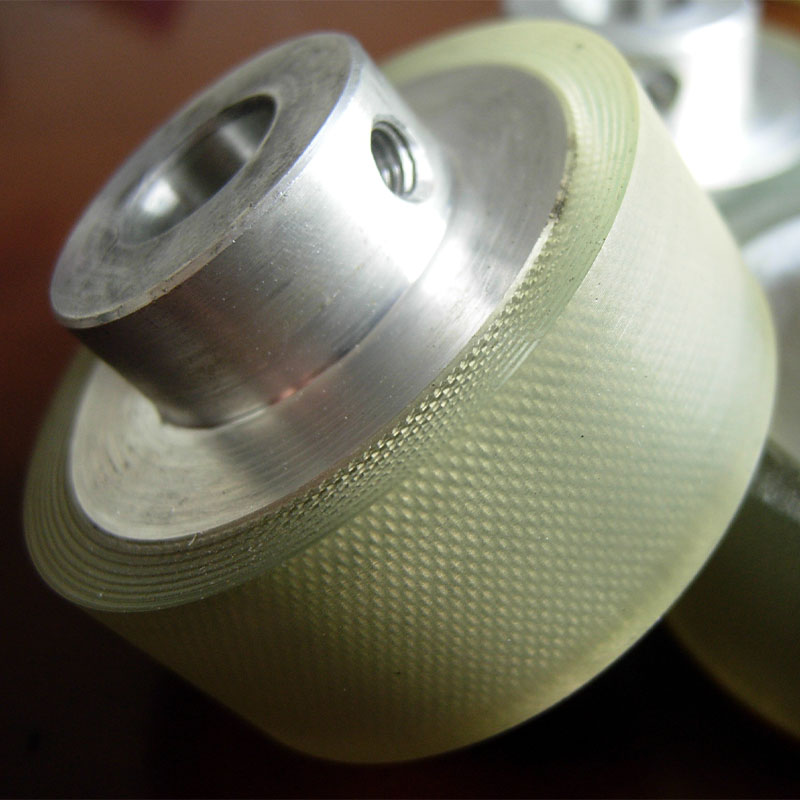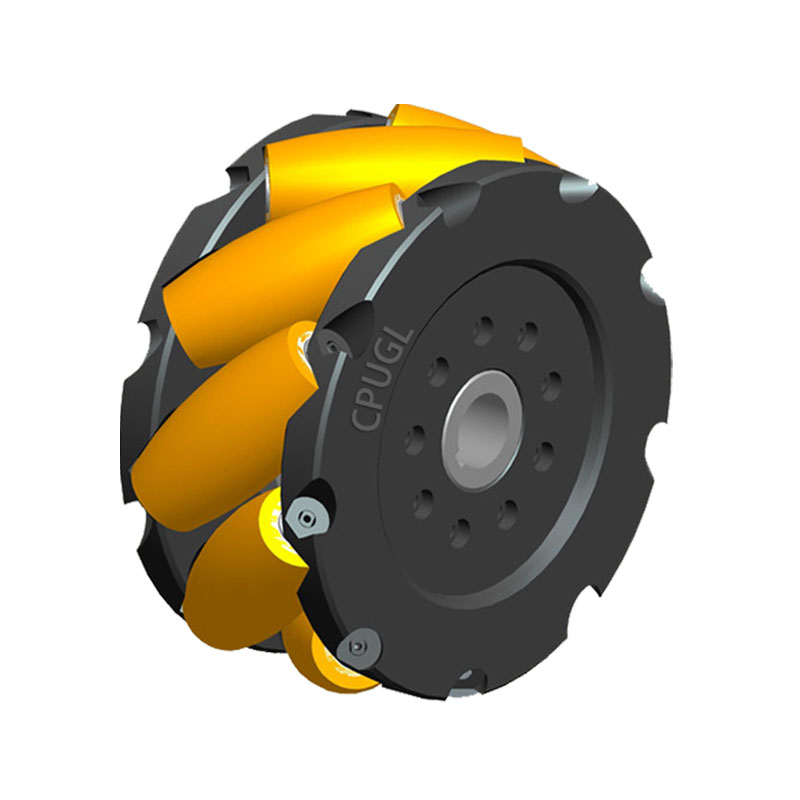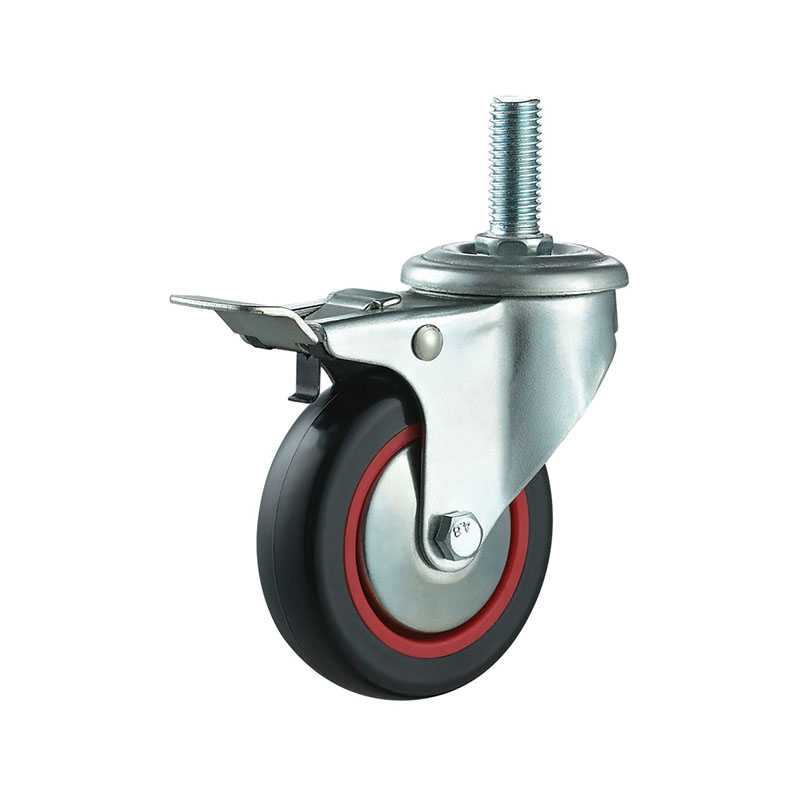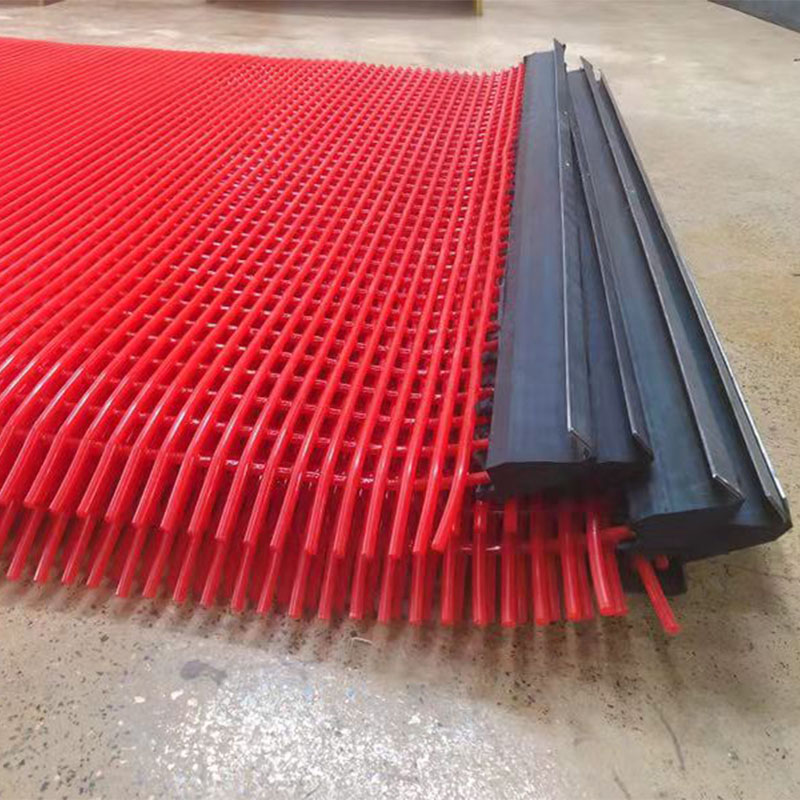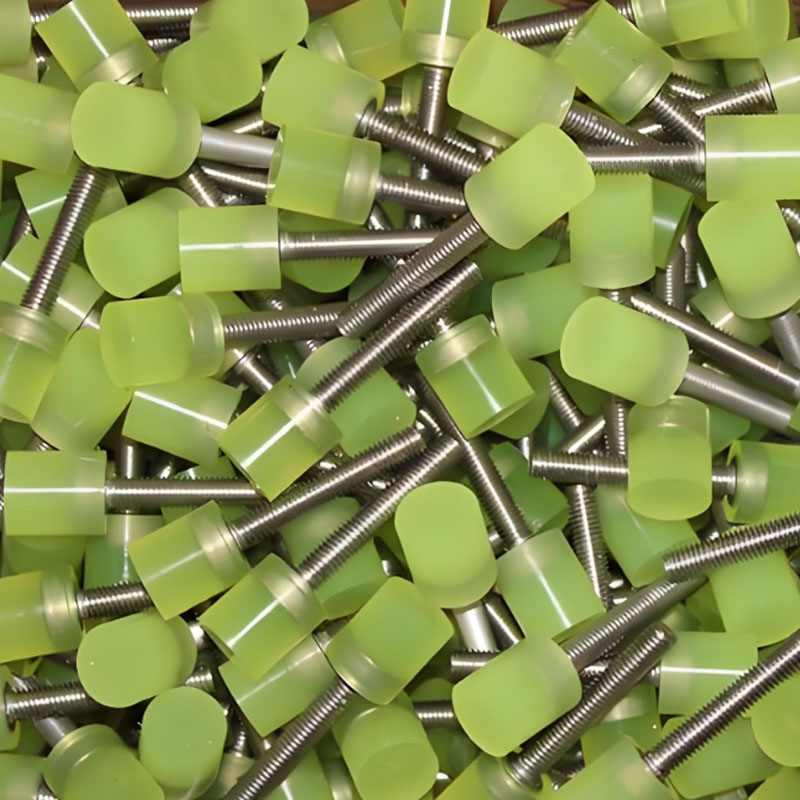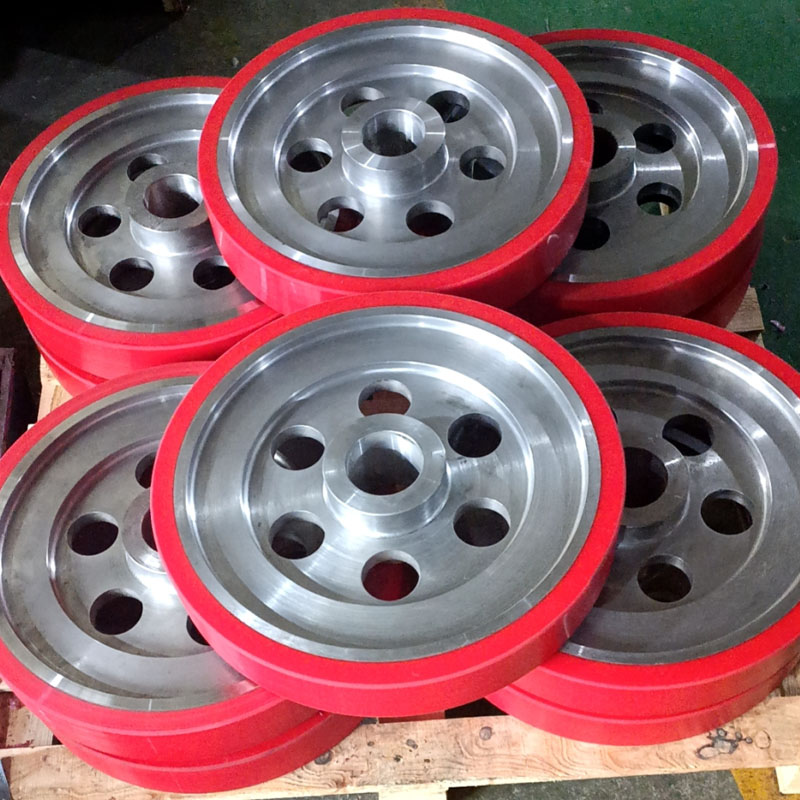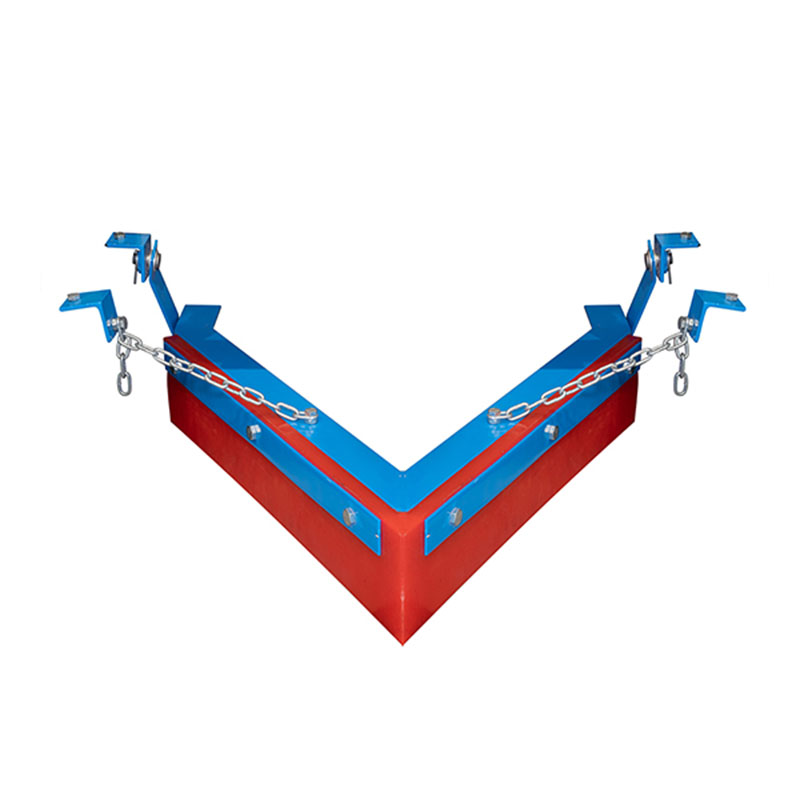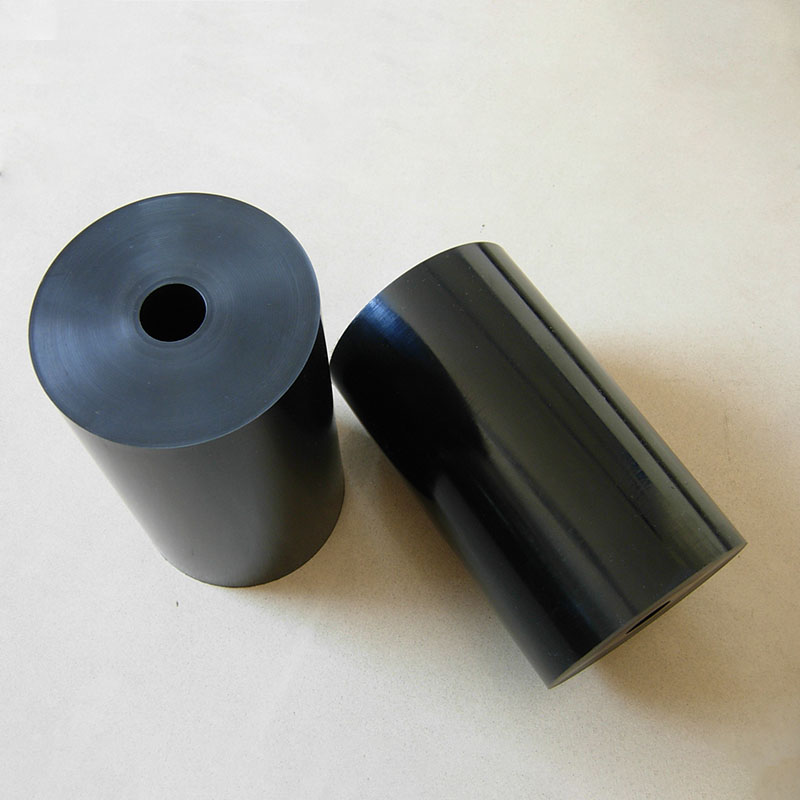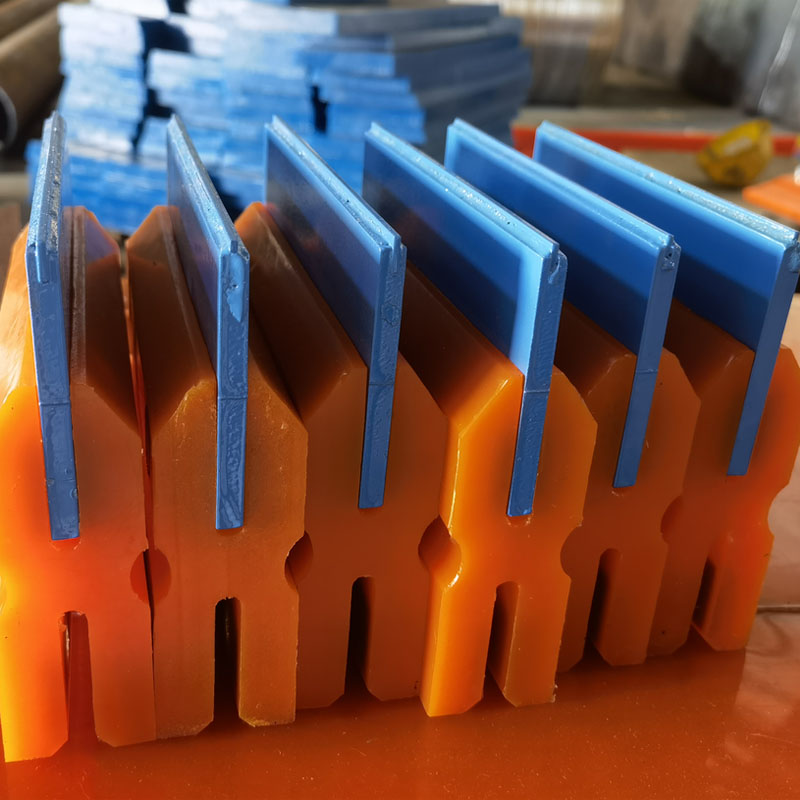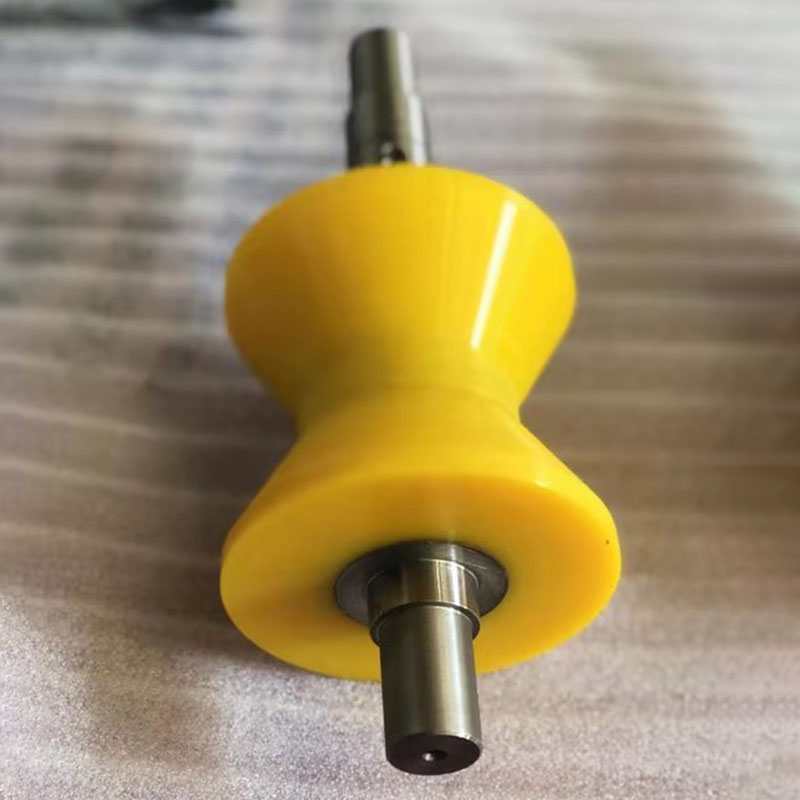
polyurethane wheel for a wheelbarrow
Polyurethane wheel for a wheelbarrow
Polyurethane wheels are an indispensable element for many types of cars, from household to professional. They provide convenience, durability and comfort in the transportation of goods. Let's talk more about their features.
Advantages of polyurethane wheels
The main advantage is durability. Polyurethane is durable and wear -resistant material. The wheels of it withstand heavy loads and not wear out as quickly as wheels made of rubber or plastic. This saves your money, because you do not need to buy new wheels so often. Also, polyurethane has good resistance to chemicals, which is important for use in various conditions. Due to its elasticity, polyurethane wheels go softer and smooth, which reduces the load on the spine and hands. This is especially important if you often have to move heavy objects.
Variety of sizes and types
Polyurethane wheels are of different diameters and Shirin, as well as with different types of fastening. The choice depends on what tasks you will use the car. For light goods, more compact wheels are suitable, and for large and heavy - wider and more powerful. Also, there are models with different stiffness, which allows you to choose the best option for a specific type of surface - smooth floor, irregularities or asphalt. The mounting design is also important - from a standard pin to special adapters for different models of cars. This is important for compatibility.
Care and operation of polyurethane wheels
Polyurethane wheels are relatively unpretentious in care. It is important to avoid strong strokes and excessive loads exceeding permissible weight. Regular verification for damage or wear is the key to a long service. To remove dirt, it is enough to clean with water and a soft brush. Aggressive detergents should not be used that can damage the polyurethane coating. Make sure that the wheels are always correctly installed on the axis of the wheelbarrow, avoiding distortions and backlash. This will not only extend the service life, but also ensure safety during operation.
AppropriateProducts
Corresponding products
The best soldproducts
The best -selling productsConnectedsearch
Related search- Prices for polyurethane buffers in China
- Polyurethane sieve plate
- Chinese suppliers of polyurethane wheels for garden bicycles
- Pu wheel
- Sealing sleeve manufacturer
- Polyurethane partition plant
- Rubber Round Holding Holders in bulk
- spacers under the kia springs
- Chinese suppliers of large drive pulleys
- Chinese suppliers of the V-shaped return of the air section of the conveyor tape Cleaners




